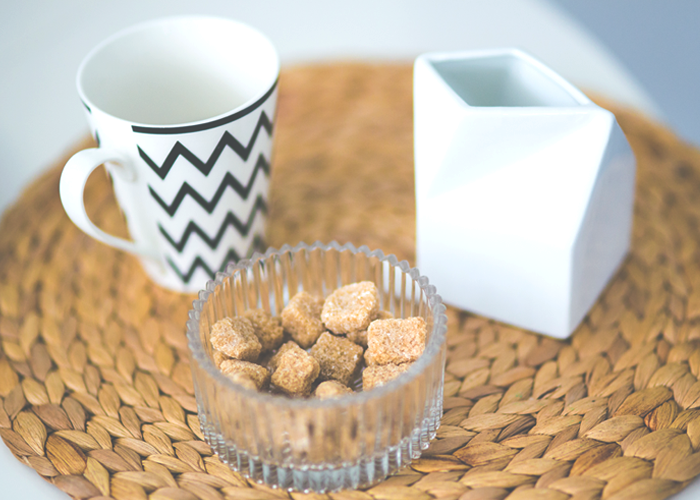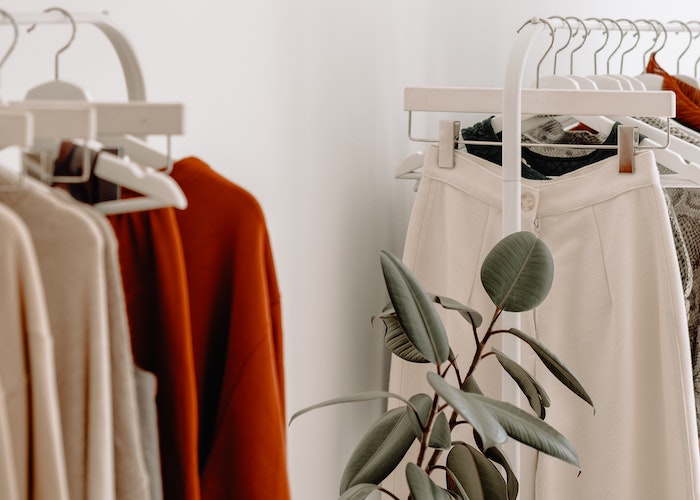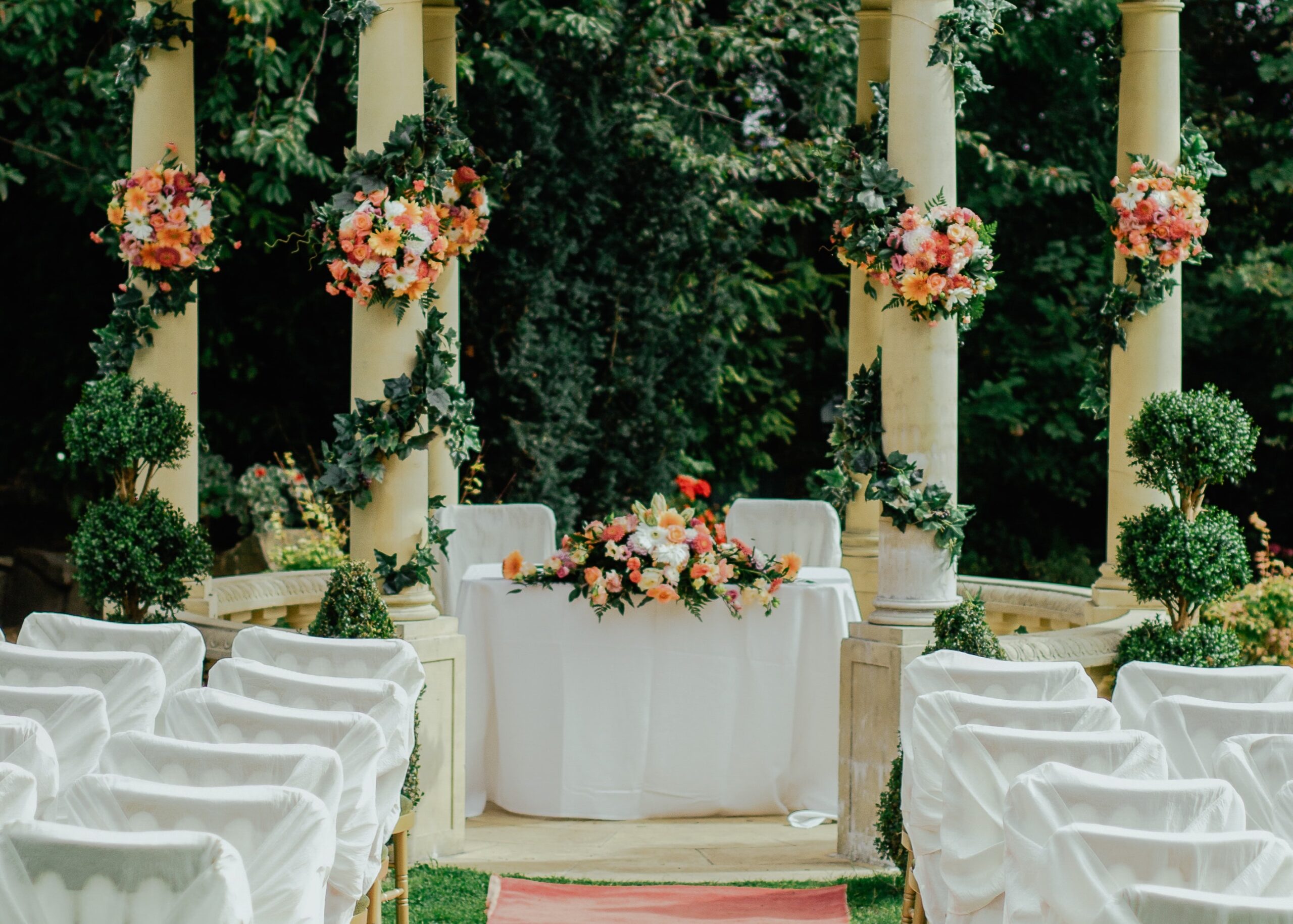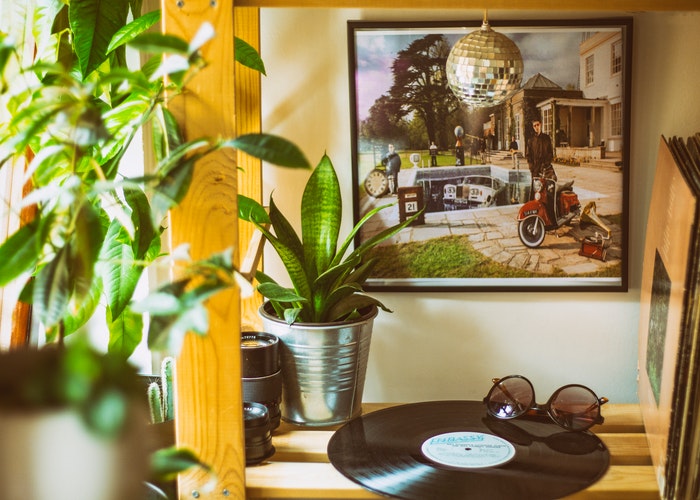6 Realistic Ways To Practice Minimalism (That Don’t Suck)
When I set my mind to something, I jump on it with everything I have. That is, until it isn’t fun anymore, or I find something else that’s bright and shiny (I’m working on that). There’s a trend out in the blogosphere, and pretty much all over social media, that so eloquently talks about becoming a minimalist with pictures of fields, old Schwinn’s, and quotes. I fell in love with that trend, but I never thought I would actually be successful putting it to work. That is, until I tried it.
There was something thrilling about making a change to the way I viewed spending and material things, and seeing it impact every aspect of my life. I started by defining what minimalism meant to me and landed on this: a decluttering of my physical and mental space. Simple, right? Well, it wasn’t. At least, not to me, seeing as my daughter recently deemed my guest room the “shoe room.” We had recently bought a bigger house, and while we “needed” it with a growing family, moving made us realize we had a lot of things we didn’t care about that cluttered our lives and finances. If you are making big decisions for the right reasons, with the right budgets in place, then it makes sense. What doesn’t make sense is doing it because you feel like you’re supposed to.
I realized early on not to make ANY financial decision to keep up with people I see on social media. When you’re intently following other couples lives,’ watching them buy their first house, and post a picture of the keys on Facebook, you miss the intricacies, the fights, the dirt, the bills, the student loan debt, the fact that their “greener” grass is really just bank-loaned Astroturf. As one great quote says, “Do not compare your chapter one to someone else’s chapter 20. Just don’t.” By focusing on minimalism, I had no need to compare. I was able to focus on everything I had, and appreciating it even more than before.
So, I started the process of physical and mental decluttering. I decided to take a bite-sized approach to minimalism in order to guarantee success, instead of biting off more than I could chew. Here are six realistic ways to approach minimalism:
1. Read books and blogs. It wasn’t going to be easy to make this change and I wanted to know I wasn’t alone. I followed a few blogs and read a life-altering book on tidying, Marie Kondo’s The Life Changing Magic of Tidying Up: The Japanese Art of Decluttering and Organizing. Now, I’m sure no one could have thought less about a book on tidying than me, but this book was the catalyst to my change. Kondo’s KonMari approach to decluttering and organizing is unique and simple: Does this shirt/pair of shoes/ photograph/book bring you joy? When you use that litmus test, it is amazing how quickly you realize how much you own just because it is already there.
2. Find what works for you. Everyone has a different motivation, goal, or style. Figure out what yours is, and stick to it. For me, the results were my motivation. The thought of walking into a clutter-free home where everything had its place and was hand-selected because it brought me joy, was very appealing.
3. Give yourself a break – perfection is not the goal. You will put something on the wrong shelf. You will keep something, not because it fits, or brings you joy, but because you spent way too much money on it. Your ~journey~ will ebb and flow, and that’s okay. You are not perfect. Don’t let your hard work go to waste because you have a small setback or two, and if you don’t see an immediate change, don’t be too hard on yourself. Decluttering can help you be more productive and more relaxed. And believe it or not, your bank account and social calendar will follow suit. As you begin to declutter, a funny thing happens – you begin to assign value and worth differently. When you go shopping, you may still have the desire to make an impulsive purchase, but when you put that purchase through your litmus test, you won’t make the buy and you’ll be damn proud.
4. Apply the method that works for you to other areas of your life. While it may become a game to get things done around your house or apartment, it is easy to forget that you have other areas in your life that also need to be decluttered. Take your selected method to your office and your car, and see if you can bring your ~minimalist approach~ to other parts of your life.
5. Get creative. Especially if you embark on this journey quite quickly, you are soon going to end up with piles of clothes, shoes, décor, etc. to donate or get rid of somehow. I joined a few Facebook sell and swap pages, and sites, and in less than two months had already made over $600! It takes time, effort, and commitment, but knowing that you are getting paid to improve your life was quite the motivator for me. If you decide to donate everything (which wipes the slate clean even faster), make sure you get a receipt for your tax records.
6. Treat yourself. Minimalism shouldn’t be about restriction, and penalties, and reprimanding yourself for not achieving a certain state of zen. It should just help you truly discern what you need, as opposed to what you think you need. For example, I love double-walled tumblers. In my search for cutesy cups, I had bought so many that are just not as functional. My kitchen had SO. MANY. CUPS. I got rid of all the cups that did not work and bought another set of tumblers (with the money I made selling other things I purged!). Now I have more space, less to clean, my favorite cups, and functionality. I didn’t lose anything!
Minimalism is not for everyone. Right now, I am seeking centeredness and contentment, and I am finding that keeping this mentality is actually working for me. I have a demanding job, a growing family, and worrying about a messy house was a time drain for me. Attempting to rid my life of clutter is helping. I have seen a significant impact on my finances, my free time, my stress level, and my outlook. Trekking this road has also helped me better understand the difference between value and worth. Not everything that has a value has worth. Not everything I had previously decided to spend money on has meaning to me now. And through this, I realized that my initial “want” doesn’t mean I need to buy.
Tania is a compensation and HR professional, mother, wife, and cupcake lover. She’s getting the hang of Twitter, and loves traveling and writing.
Image via Pexels




